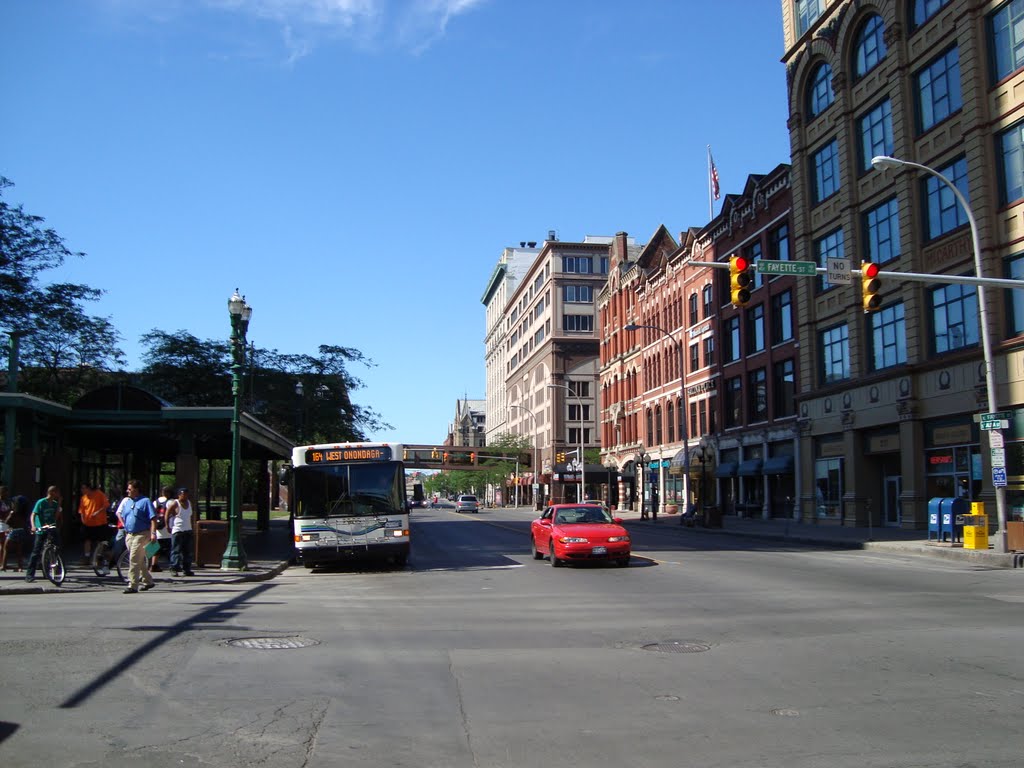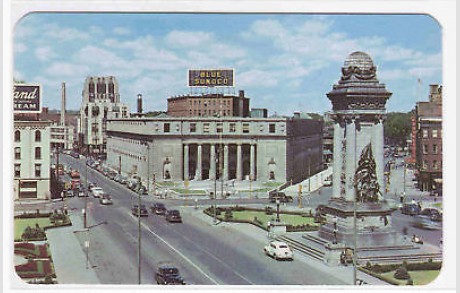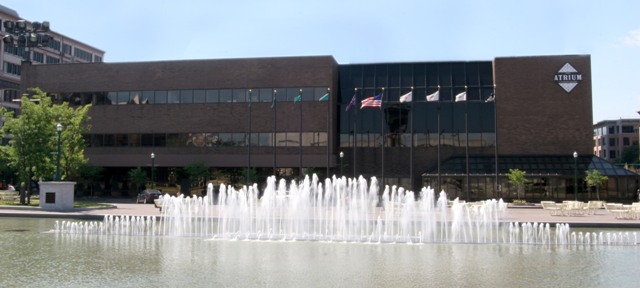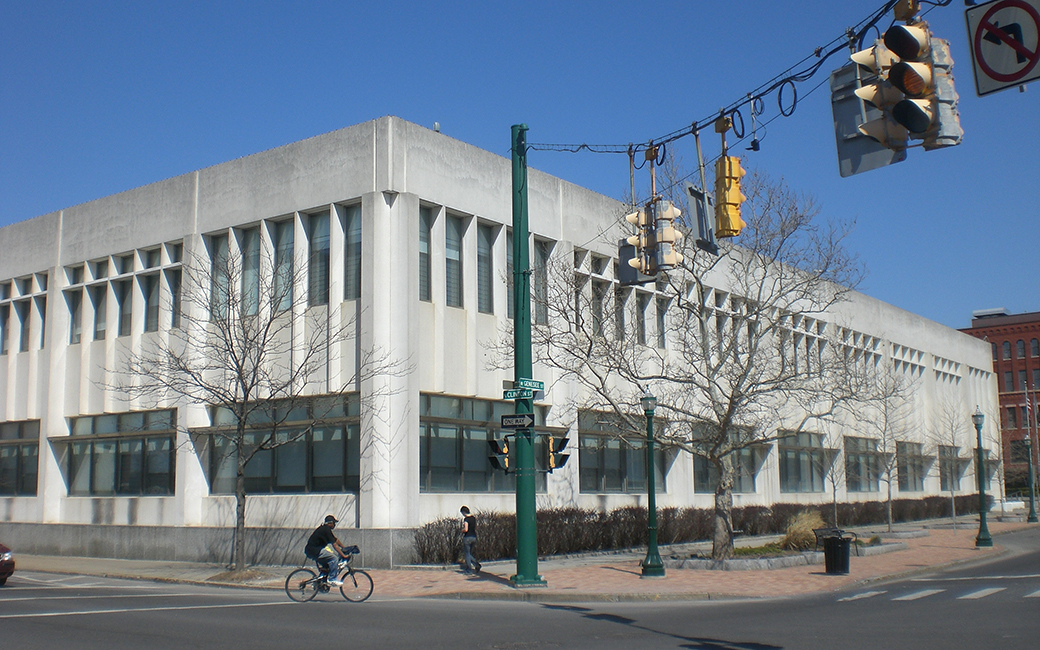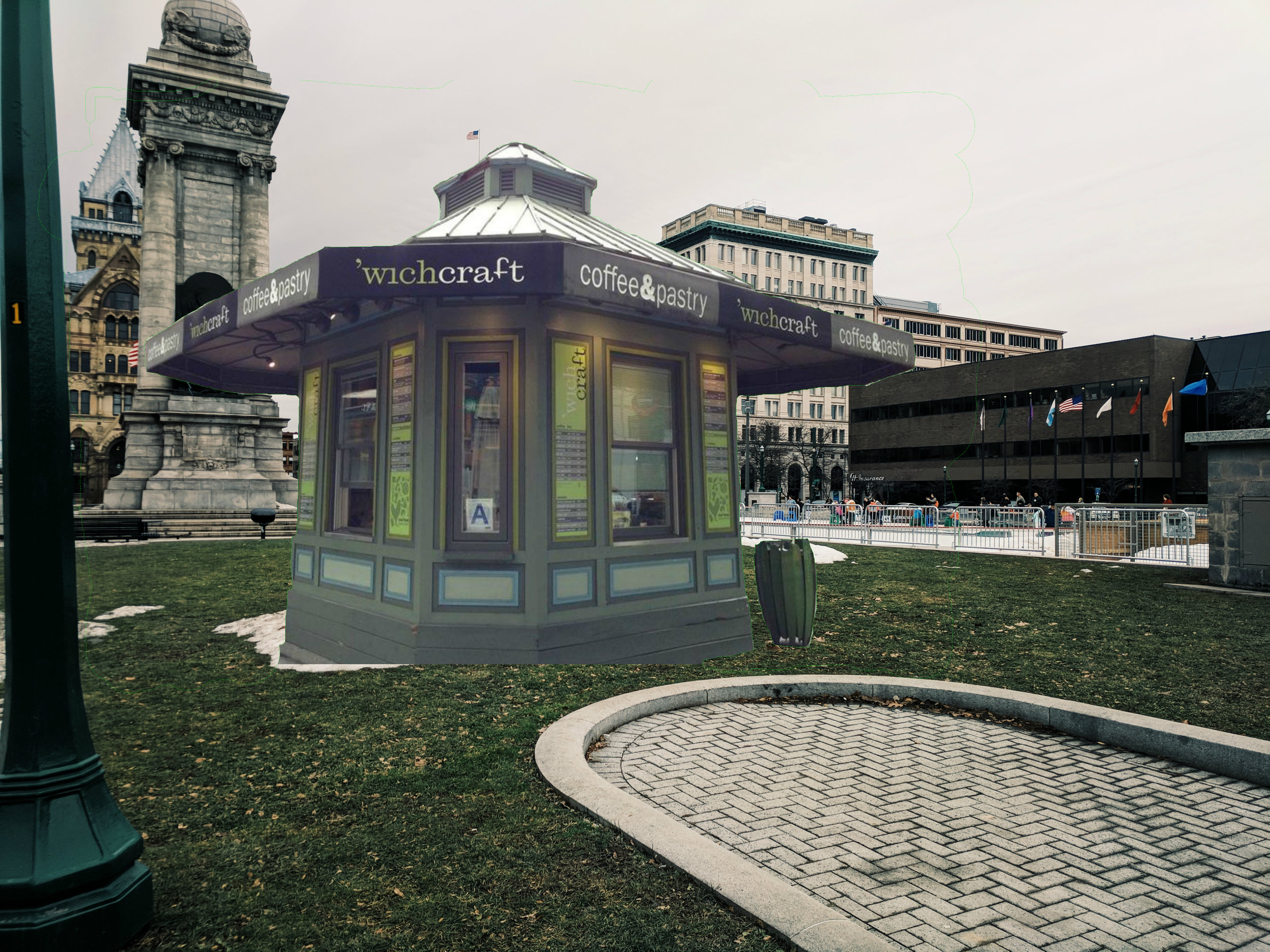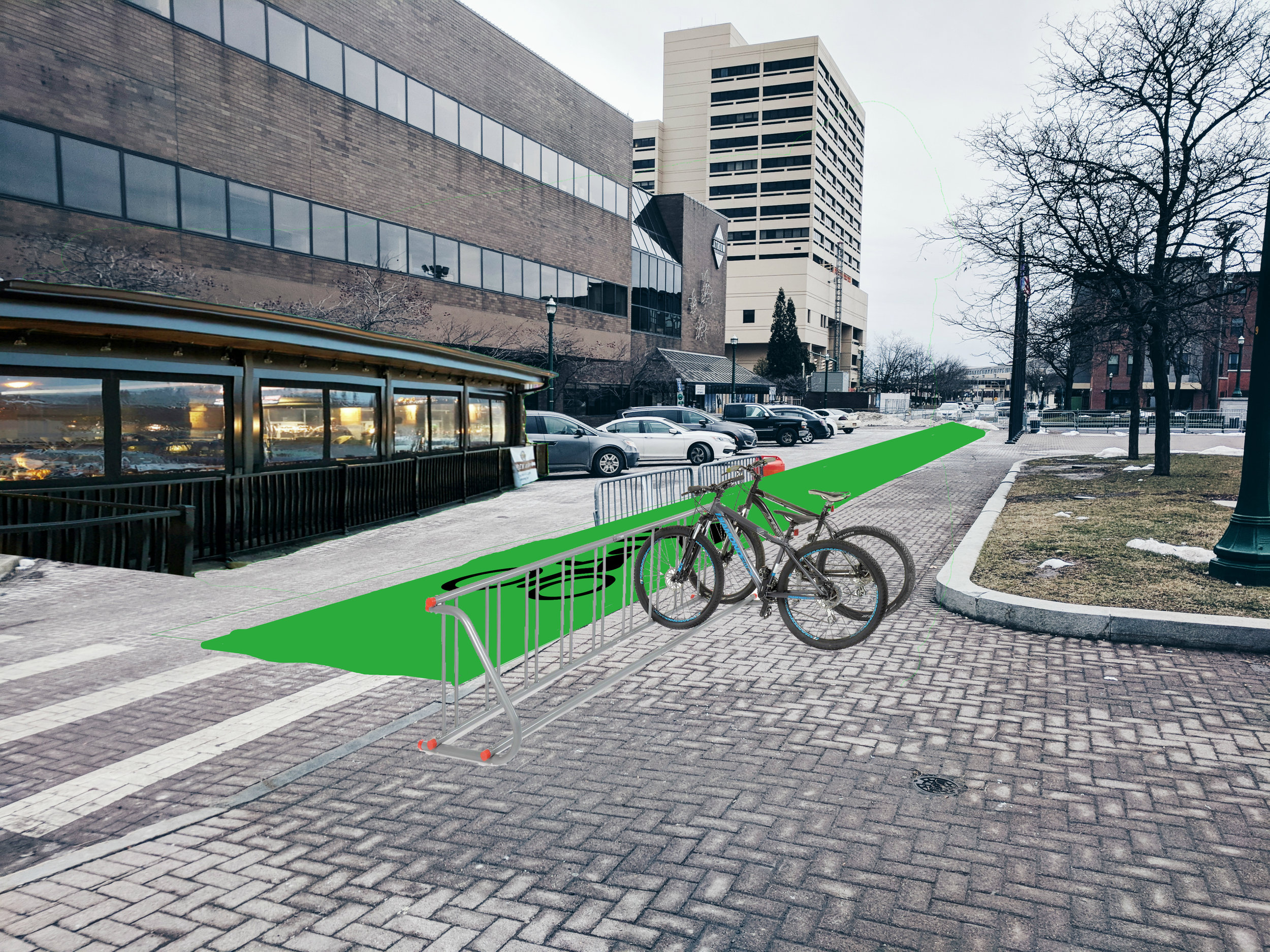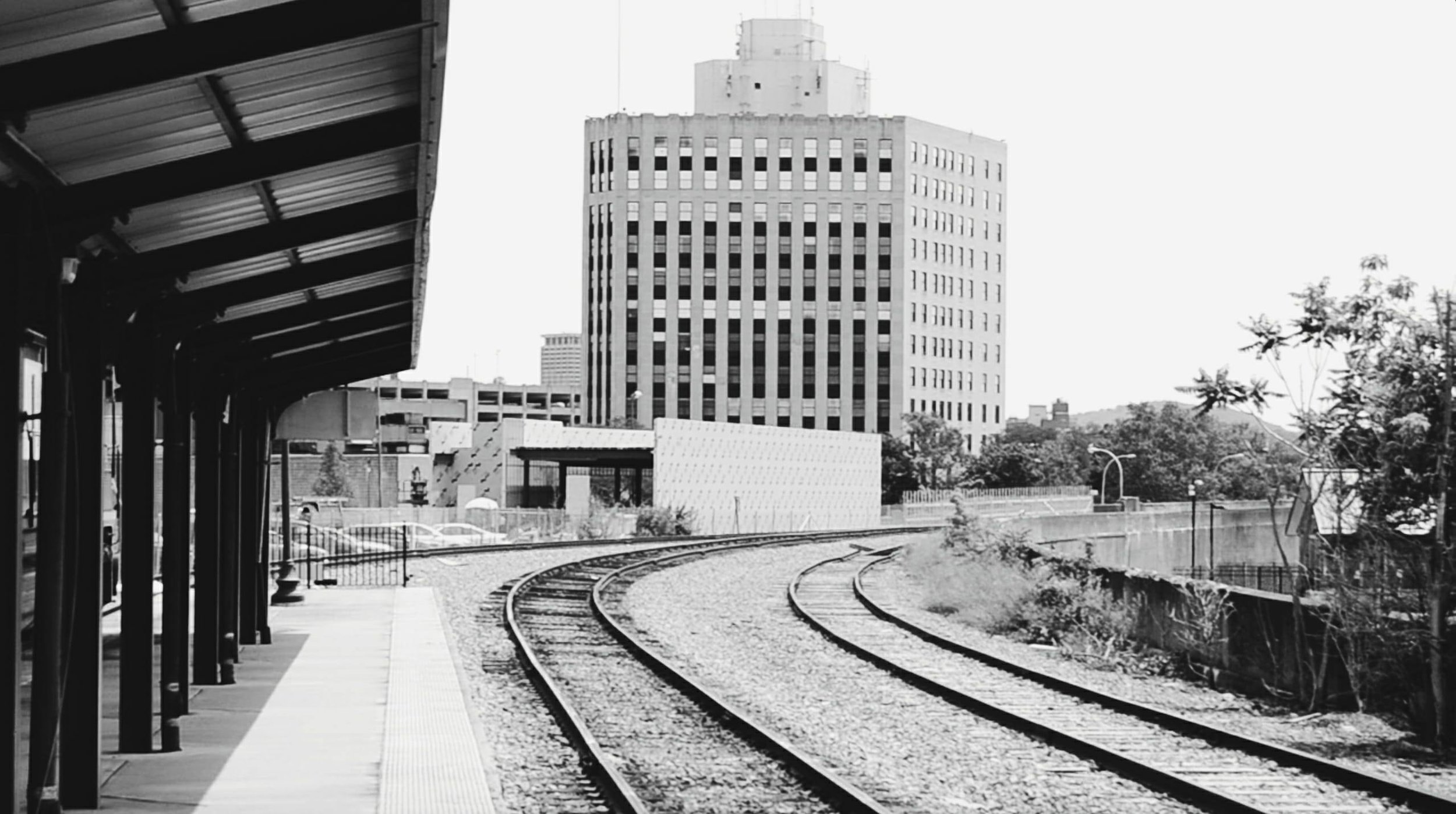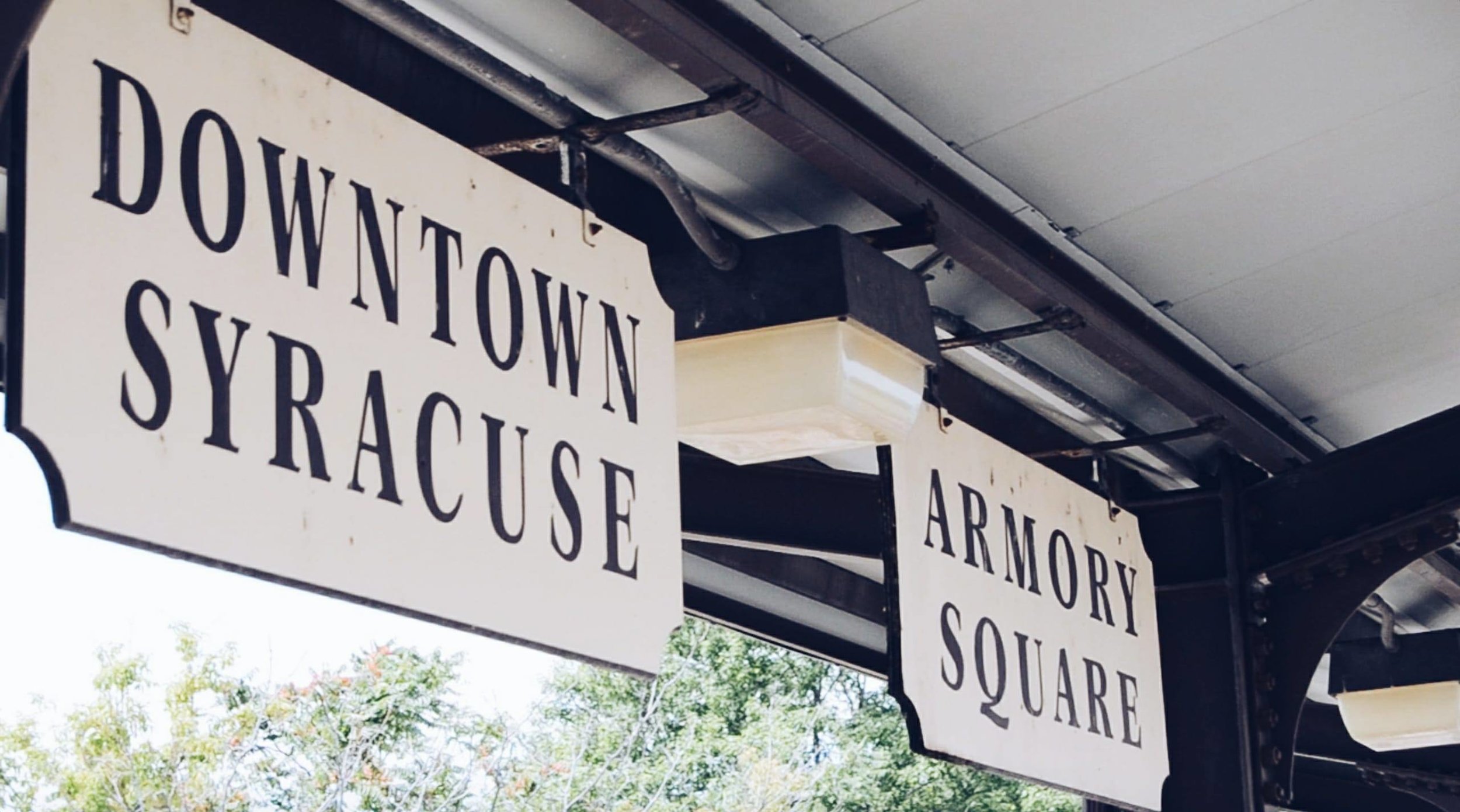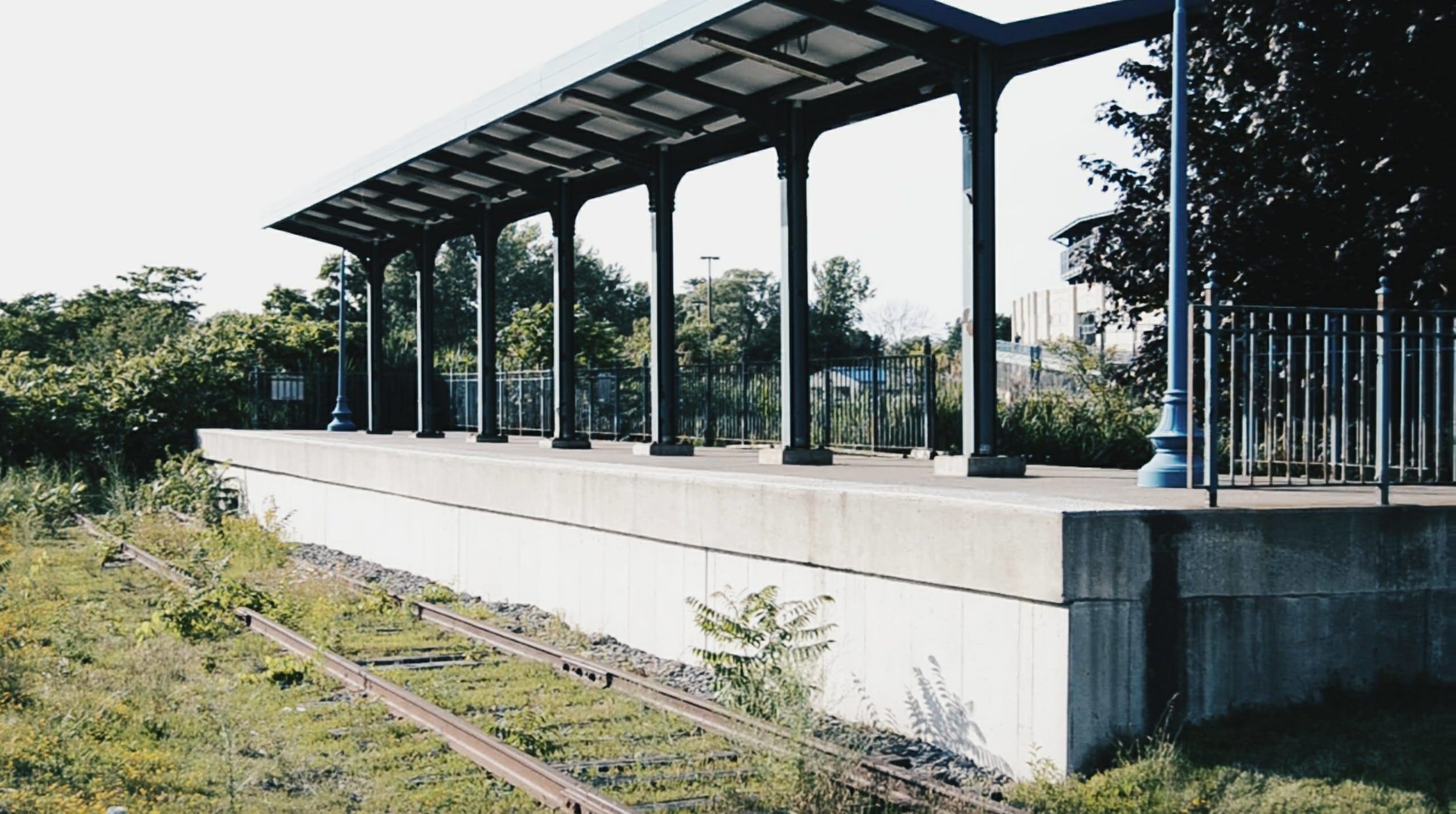"Streetcar Suburb" is a term I've come across a few different times over the years. The idea is as streetcars expanded outside of traditional downtown areas, dense business and residential areas sprouted up directly along the route. In older cities you still see remnants of these neighborhoods, usually in the form of local business districts where small cafes and restaurants still exist. They tend to be the most walkable parts of the immediate neighborhoods as well as their major thoroughfare.
In Syracuse these areas are extremely prevalent, from James Street to South Ave. Out of all of the former streetcar routes, the length of North and South Salina Street help create what functions as Syracuse's Main St. This route stretches the length of the city, through the heart of Downtown, with businesses and dense residential neighborhoods the entire way.
When I started to search for a bit of Syracuse's streetcar history, I came across a blog post from 2011, calling for a reinvestment in and rebuilding of the Salina St. streetcar:
As I read through his arguments, I could only think of how much things have changed in the years since its writing. In 2011, Downtown was just starting to rebuild and businesses were only just starting to migrate back into the city. In the years since this growth has only quickened and we're now looking at ways to bring that growth into the areas immediately north and south of Downtown.
I've previously written about how and why OnTrack failed and ways in which we could improve the system along that route. This streetcar proposal solves many of those issues, the biggest one being stops in residential areas. OnTrack failed as a commuting option because it only stopped at destinations, and only a handful at that. This streetcar has the right mix of residential and commercial stops, allowing for commuters to take full advantage of it.
Proposed Syracuse Streetcar along Salina Street.
It would also benefit from many of the new developments occurring along its route. Hotel Syracuse is back up and running creating an anchor institution in the south end of Downtown, Red House Theatre has now moved just down the block from the Landmark Theatre creating a more centralized theatre district, a new food hall will be constructed starting next year, the old Post Standard building is being reinvented as a mixed use facility, and the continued growth of Destiny USA and the development at the Inner Harbor. All of these help create density and attractions that will require ease of access.
In order to make this work, the streetcar must be built in the right way. Tracks need a right of way that is separated by a barrier from auto traffic. Without this barrier the streetcar would be little better than our current bus system. They should also run directly down the middle of the street as they had in the past, with street center loading and unloading. By placing this system in the center of the road shows its priority and its permanence.
The street, as is, holds 4 lanes of auto traffic along with street parking. With the streetcar we would remove the center two lanes of traffic for the tracks and barrier. We would also want to remove the street parking for the length of Salina and replace them with a protected bike path. This would certainly get pushback, but this would allow the street to truly be complete. Our main street should be built for people, not for cars. Focusing Salina on a streetcar with additional bike paths would allow it to be the most accessible street in the city. These improvements put the emphasis on people.
The city of Syracuse needs to take inspiration from the past when planning for the future. Our city was originally built in ways that promoted dense growth and as we look to grow again it should be along our deep streetcar roots.
I won't reiterate all of the points made in the original post, as I feel its worth reading in its entirety, but I wanted to also draw attention to the placement of the train storage on the South Side. This is an incredible opportunity to create well paying maintenance and operation jobs in a neighborhood of the city in need of that sort of investment. With the available space and the need for jobs, it would be a boon for the community and the city as a whole.



